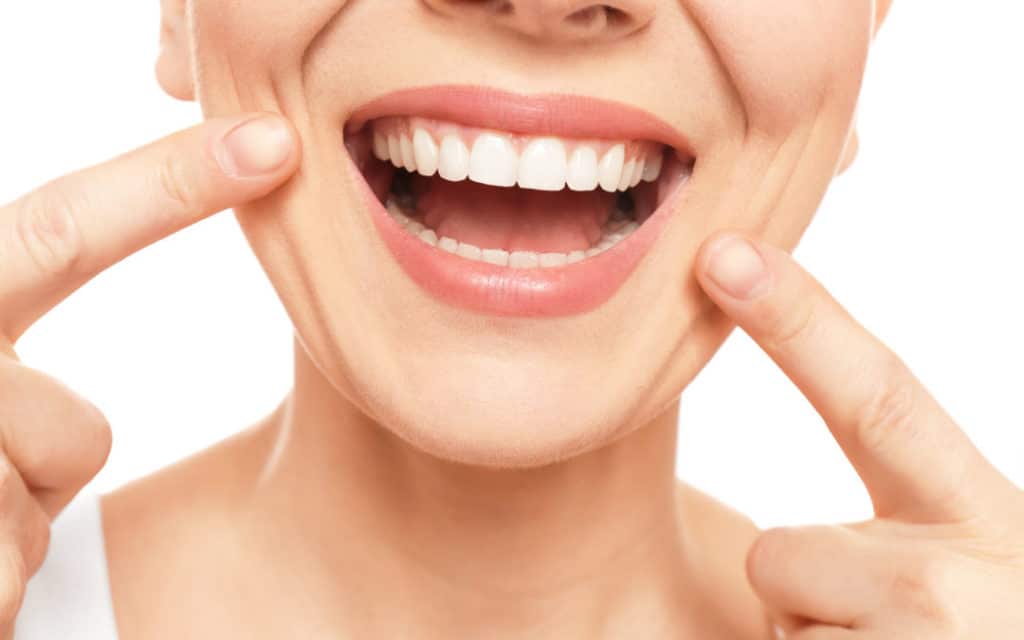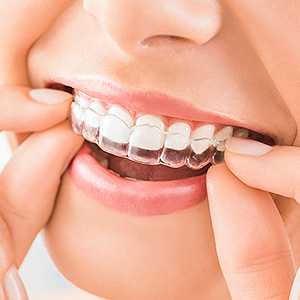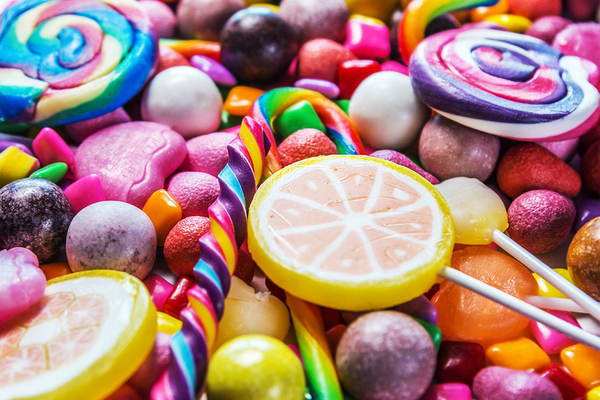CONTRARY TO WHAT some people might think, having straight teeth isn’t just about looking good — not that there aren’t aesthetic benefits too. Studies show that a person with straight teeth is seen as being happier, wealthier, and more attractive than a person with crooked teeth, and knowing your smile looks good can be a real confidence boost. But there are also real health benefits to having properly aligned teeth.
Straight Teeth Are Easier to Clean
Teeth that are crowded and overlap each other tend to be harder to brush and floss effectively, which makes them more vulnerable to tooth decay. When teeth are straight, there’s plenty of space to floss between them and brush all the surfaces, so it’s easier to keep plaque under control.
Our Teeth Help Us Speak Clearly
Having poorly aligned teeth or a malocclusion such as an under-bite or severe overbite can actually make it harder to enunciate words properly, contributing to speech impediments like lisps. It might take some time to get used to speaking with braces or a retainer, but when the orthodontic treatment is over, it will be easier than ever to speak clearly!
Proper Chewing Is Crucial to Good Digestion
Chewing isn’t just about breaking our food into small enough pieces to swallow, it’s actually the first step in the chemical digestion process. While our teeth grind up the food, our saliva begins to break it down. Poorly aligned teeth are less able to chew food as much as it should be chewed, placing a greater burden on the rest of the digestive system. This can lead to a variety of gastrointestinal issues, including making it harder to lose weight.
Breathe Easier with Straight Teeth
Even breathing can be influenced by the way teeth fit together. If you can’t comfortably close your jaws when resting, you’re more likely to end up breathing through your mouth. This might not seem like a big deal, but mouth breathing has numerous negative health effects. Among them are chronic bad breath and dry mouth (which in turn increases the risk of gum disease and tooth decay).
Crooked Teeth Can Be a Pain in the Jaw
When there’s a problem with the bite, the chances of jaw problems like temporomandibular joint syndrome (TMJ or TMS) go way up. Symptoms include things like a clicking jaw joint when doing normal mouth movements, jaw pain, and frequent headaches.
Want Straight Teeth? We Can Help!
If you’ve avoided getting braces because you’re happy with the way your smile works, you could still benefit from orthodontic treatment in numerous ways that are arguably more substantial from a health perspective. Straight teeth are easier to clean, make it easier to chew, speak, and breathe correctly, and are better for good digestion and jaw health. Want to learn more about the benefits of orthodontic treatment? Just give us a call!
We think everyone deserves the benefits of having a properly aligned smile!
The content on this blog is not intended to be a substitute for professional medical advice, diagnosis, or treatment. Always seek the advice of qualified health providers with questions you may have regarding medical conditions.





